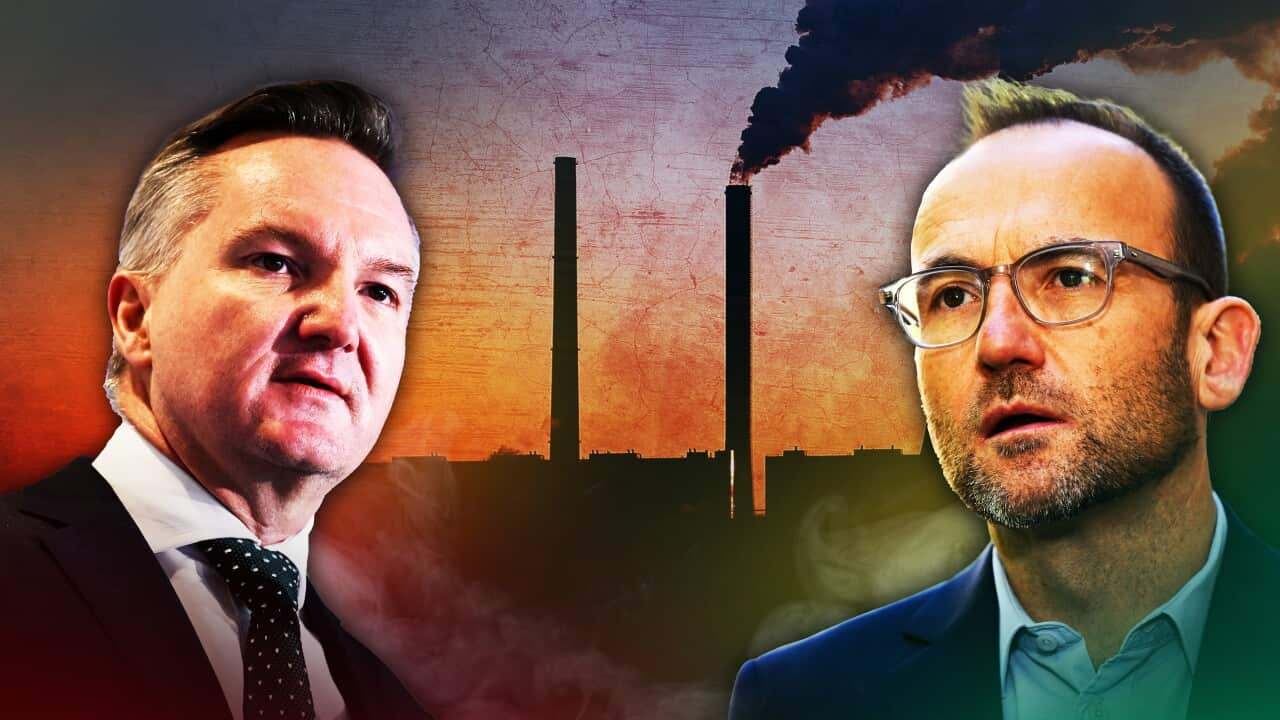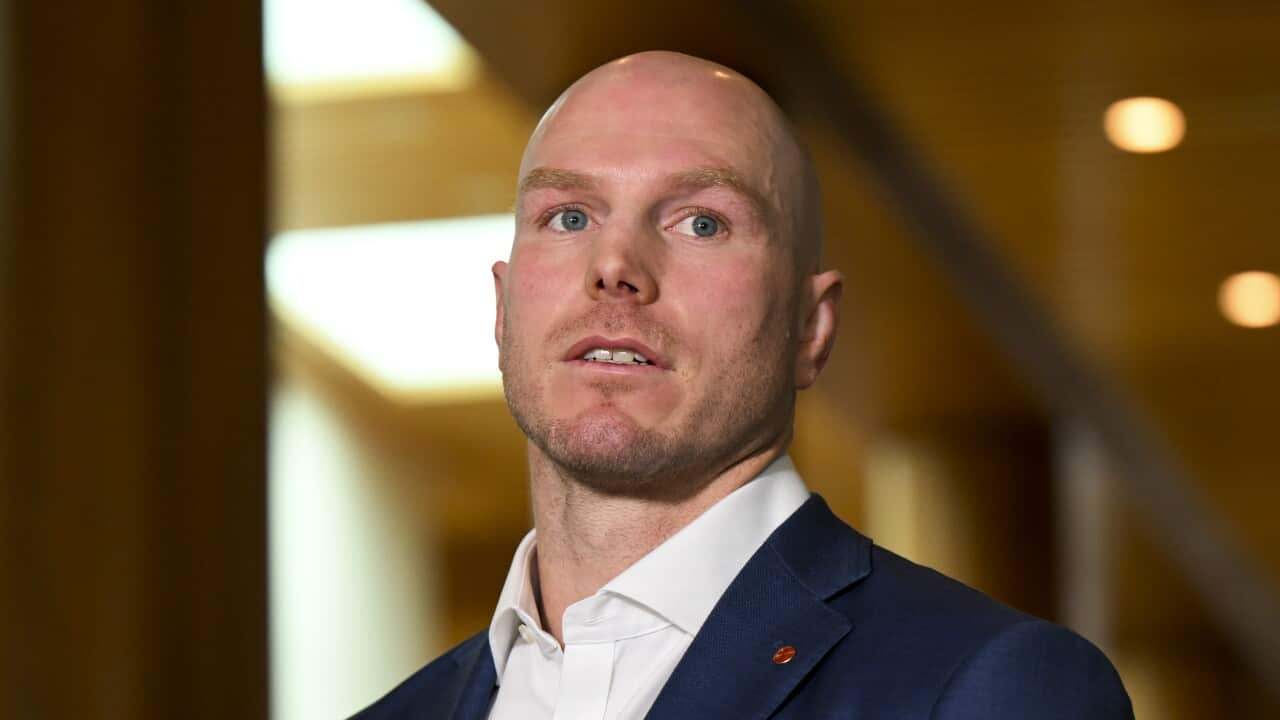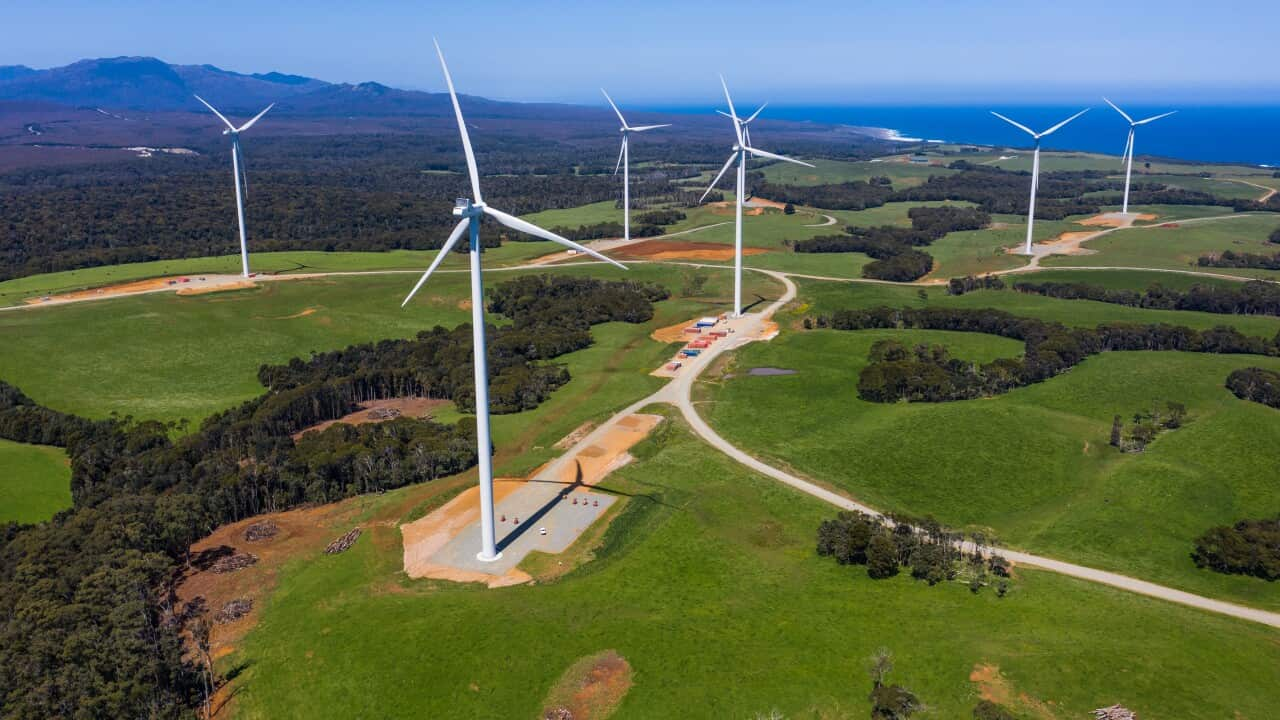Key Points
- The government's proposed safeguard mechanism would see emissions caps for the 215 biggest polluters.
- The government needs the support of the Greens and two other crossbenchers to pass the mechanism.
- There have been concerns about the scheme, with senator David Pocock saying further changes are needed.
When the Labor party won the 2022 election, new prime minister Anthony Albanese declared an
In 2023, discussions over the proposed safeguard mechanism are coming to a head, with the bill being debated in the lower house this week.
Proponents of the mechanism say it would play a crucial role in helping Australia meet climate targets, but critics say the proposal does not go far enough and have raised concerns about its implementation.
So what is the safeguard mechanism, would it actually reduce emissions, and why is it controversial?
What is the safeguard mechanism and how would it work?
The safeguard mechanism was introduced by the Coalition under former prime minister Tony Abbott to try to reduce pollution caused by major emitters. It required them to keep their net emissions below a limit (referred to as a baseline).
The safeguard mechanism came into effect in 2016, and was amended in 2019, but has never been enforced.
Ahead of the 2022 election, Mr Albanese committed to updating and adopting the safeguard mechanism.
Under the Albanese government's proposal for the mechanism, the emissions of the biggest 215 polluters would be capped, with companies required to reduce emissions by 4.9 per cent each year until 2030.
Companies that breach the limit would be forced to buy carbon offset credits or trade their emissions with other firms.
For the mechanism legislation to pass the upper house, the government will need the support of the Greens and two crossbenchers.
On Tuesday, the Greens teamed up with the Coalition to pass a motion forcing Labor to release forecasts of emissions under the safeguard scheme.
The government was given a deadline of 4pm Thursday, but refused to release the modelling, with Climate Change Minister Chris Bowen saying in a letter to the Senate that the disclosure would "not be in the public interest".
The opposing parties could reportedly now block the bill from being debated.
Mr Bowen said the safeguard mechanism would be critical to reaching the legislated climate target of reducing emissions by 43 per cent by the end of 2030.
"Our reforms will reduce emissions by 2030 by 205 million tonnes, which is very important to achieving those targets," he told parliament on Monday.
Would the safeguard mechanism actually prevent climate change?
A Senate inquiry report into the scheme was handed down on Monday, which recommended the bill should pass, but the Greens said it would lead to pollution going up.
Modelling by firm RepuTex for the Climate Council and Australian Conservation Foundation has also indicated the emissions budget could be at risk of blowing out.

Climate Change Minister Chris Bowen said the safeguard mechanism would be critical to reaching climate targets. Source: AAP / Lukas Coch
The modelling also found the 4.9 per cent reduction targets may not be sufficient, and says reductions of 8.9 per cent may be needed by the end of the decade to keep within the emissions budget.
Kate Dooley, research fellow at the school of geography, earth and atmospheric sciences at the University of Melbourne, says the concept behind the safeguard mechanism could theoretically help reduce emissions.
"That concept is that you cap a certain sector's emissions, and then that cap - which is called the baseline in the government's proposal - is reduced every year in line with the emission reduction targets that we need to make," Dr Dooley said.
"But the reforms (the government) is proposing do not put forward a policy mechanism that would actually reduce emissions, there's actually nothing in this that would reduce emissions the way it's intended to."
What are the criticisms of the mechanism?
Kate Crowley, adjunct associate professor at the University of Tasmania, told SBS News critics of the proposed mechanism believe the targets need to go further.
"Opponents on the left, so the Greens and 'teals' and independents, don’t think it is fast enough, broad enough, they think it’s got holes in it ... they don't think it is ambitious enough," she said.
"I think as it goes through the negotiating process, it's a mechanism that can be improved ... and hopefully that's what we see as it moves through parliament."
Dr Dooley highlighted the unlimited use of offsets in the proposal and potential new gas and coal projects as issues within the current plan.
"There is an allowance for an unlimited use of offsets within the mechanism ... most offsets have been shown that they're not reducing emissions."
"The other problem is it doesn't in any way stop new energy-intensive projects from coming online in Australia ... the government currently has plans for 100 potential new gas and coal projects."
She said in order to meet international climate targets, there is "no room for any new gas and coal projects".
"It is not effective enough, and it allows loopholes that mean facilities with a cap can get out of reducing their emissions."

Greens leader Adam Bandt has criticised plans for new goal and gas projects. Source: AAP
Mr Bandt said opening coal and gas plants would not allow climate targets to be reached.
"The government is going to need to shift a bit, they want to get legislation through the Senate," he told reporters in Canberra.
"The penny does not seem to have publicly dropped with the government, they are still publicly advocating for more coal and gas projects, but that is ultimately just an untenable position."
Mr Albanese has ruled out a ban on new coal and gas projects, and has said they will still be needed during the transition to an energy grid largely powered by renewable sources.
Accusations of "greenwashing" - a term used to describe false or misleading claims regarding positive impacts on the environment - have also been levelled at the government over the safeguard mechanism.
Dr Dooley believes theses accusations are fair.
"I think to put forward a policy that allows unlimited offsets is greenwashing," she said.
"Offsetting permanent fossil fuel emissions with temporary removals into trees and forests doesn't reduce warming and won't take us towards our climate targets, so that needs to be completely ruled out."













